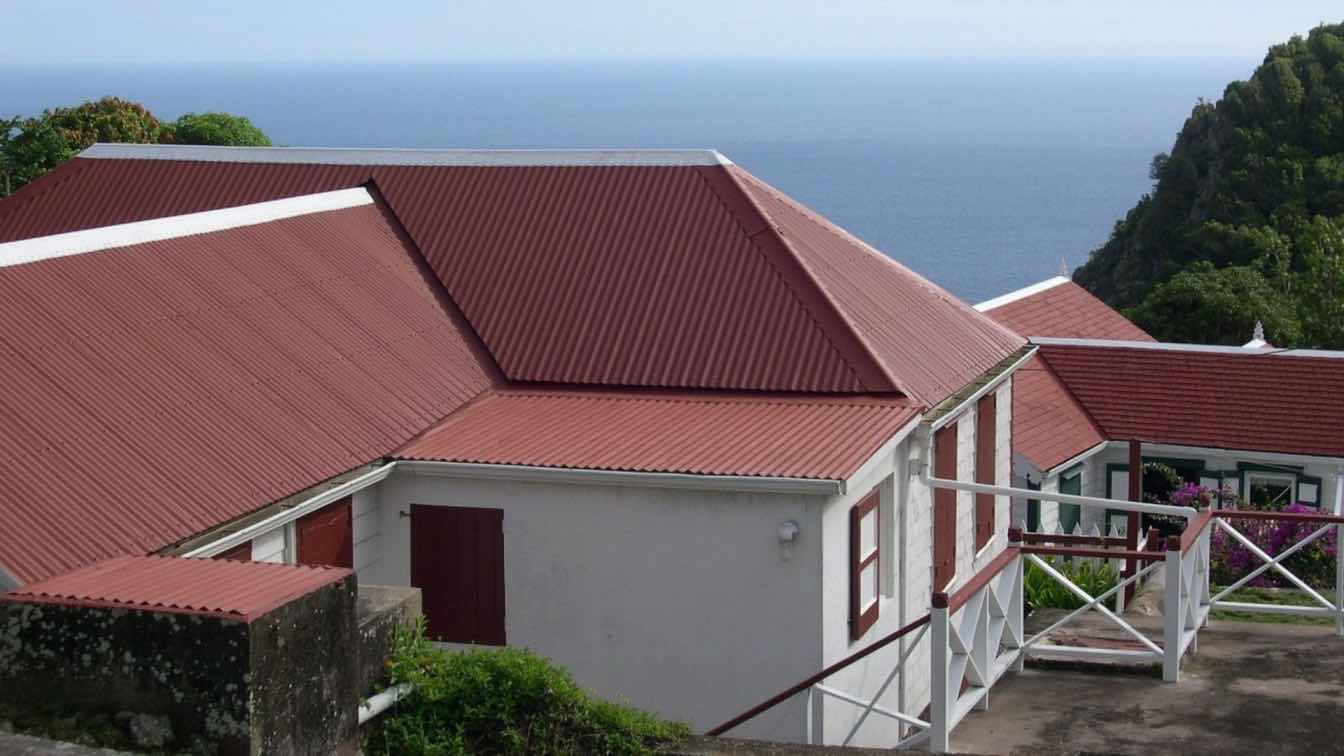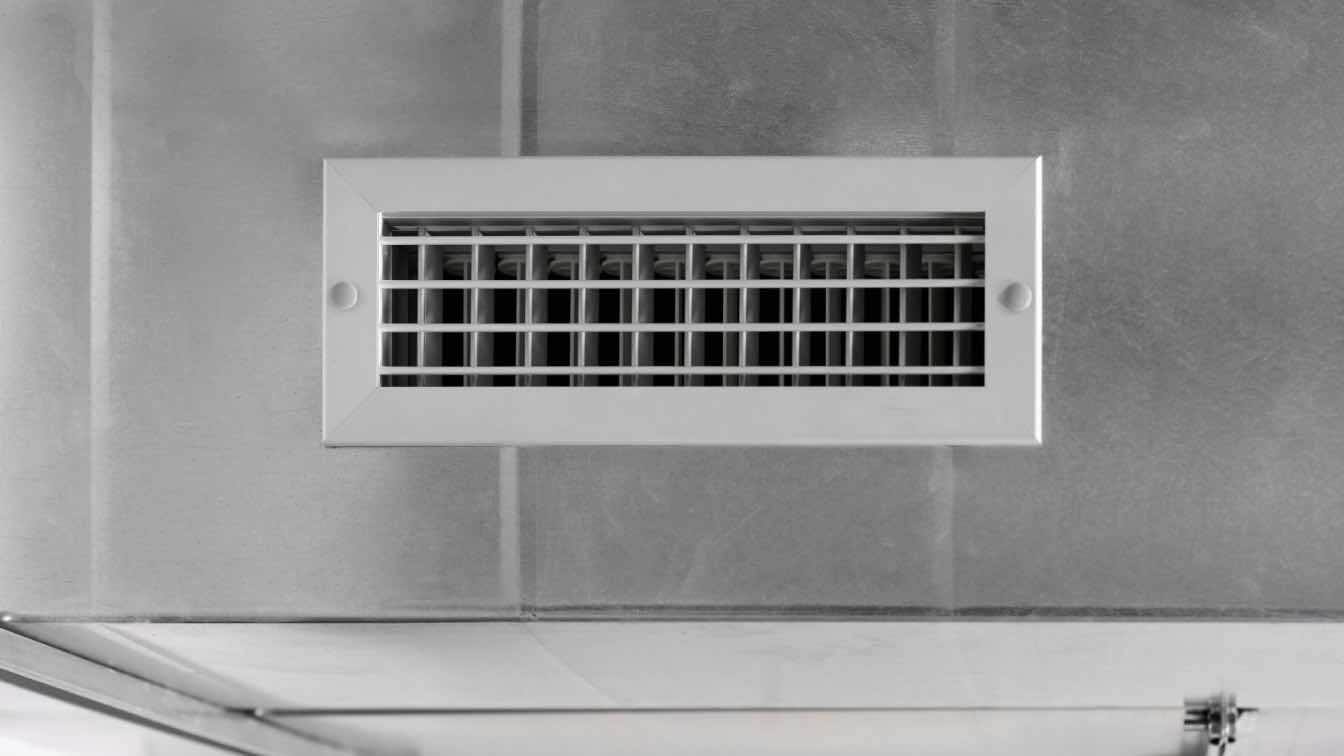The roof style is more than just a mere architectural decision; it serves as a pivotal element defining the personality and functionality of a building. In modern architecture, the roof shapes not only the aesthetics but also influences structures' sustainability and energy efficiency. From the innovative geometric designs of contemporary urban spaces to sustainable, green-roofed homes, roof style reflects technological advancement and environmental integration. In this article, we will delve into why roof style matters in modern architecture and how it impacts the overall design of a building.
Longevity and Cost-Effectiveness
In modern architecture, a roof's durability and cost-effectiveness are vital factors, significantly impacting a building's financial outlook both in the short and long term. A thoughtfully designed roof can endure for decades, minimizing the necessity for frequent repairs or replacements and resulting in substantial cost savings over time.
By selecting durable materials such as metal, architects and builders can ensure the roof not only withstands harsh weather conditions but also requires minimal maintenance. Roofers at topnotchmetalroof.com recommend metal roofing for its longevity and cost-effectiveness, making it a popular choice in modern architecture. Moreover, the initial investment in a strong, reliable roof often results in lower overall expenses, making it an economically wise choice for sustainable construction.
Aesthetic Appeal
The roof style plays a significant role in a building's visual appeal. With modern architecture increasingly focused on creating unique and visually striking structures, roof design has become more crucial than ever. A roof's shape, color, and texture can add character to a building and create an impactful first impression.
For example, flat roofs have become increasingly popular in contemporary urban spaces, with their clean lines and minimalistic design adding a sleek and modern touch to buildings. On the other hand, sloping roofs are often used in traditional or rustic-style homes to provide a more classic aesthetic that blends in with its surroundings.
Integration with Surroundings
Considering the local landscape, climate, and architectural heritage leads to roof styles that enhance the environment. Using these in roofing fosters continuity and respects local culture in areas with traditional designs or materials. Thoughtful roof integration reduces the visual impact of new structures, preserving views and neighborhood character.
Moreover, roofs that engage with their environment—like green roofs or solar panels—share commitment to sustainability and energy efficiency. They embody a forward-thinking design approach that blends with nature. This integration is an aesthetic and meaningful contribution to sustainable urban development, respecting ecological and social contexts.
Energy Efficiency
Innovative roof designs can significantly improve the energy efficiency of buildings, a critical factor in modern architecture, given the increasing demand for sustainable building practices. Roof styles that incorporate features like solar panels, skylights, or green roofs reduce energy consumption and provide alternative renewable energy sources. Proper insulation and ventilation systems can also help regulate indoor temperatures and reduce reliance on heating and cooling devices.
Moreover, with sustainability being a key consideration in modern architecture, incorporating eco-friendly roofing materials such as metal or clay tiles can contribute towards achieving LEED certification or other green building standards. Thus, roof style has become an integral component of sustainable design strategies in modern architecture.
Structural Considerations
The roof of a building not only serves as a protective covering but plays a vital role in supporting the overall structure. In modern architecture, where open floor plans and expansive windows are prevalent, the roof must support these features while maintaining strength and stability. The shape, slope, and materials used in constructing a roof all impact its load-bearing capacity and structural integrity.
Moreover, technological advancements have opened up new possibilities for innovative roof designs that were previously not feasible. For example, cantilevered roofs or roofs with complex geometric shapes can now be achieved using advanced engineering techniques and durable materials like metal. These structural considerations of the makeroof style are crucial in modern architecture to ensure the safety and longevity of a building.
Symbolism and Cultural Significance
In many cultures, the roof carries symbolic significance beyond its functional role in modern architecture. For example, in traditional Chinese culture, curved roofs represent the undulating shape of mountains , while flat roofs signify stability and unity. In Japanese architecture, steeply pitched roofs reflect strength and resilience against natural elements like heavy snowfalls.
In addition to cultural symbolism, the design of a roof can also communicate specific messages or values within a society. For instance, green roofs have become synonymous with environmental consciousness and sustainability in modern architecture. By choosing particular roof styles, architects can imbue buildings with deeper meanings that resonate with the public and contribute towards a larger cultural narrative.
A roof's style is more than a visually striking element; it's crucial to modern architecture. By selecting roof styles wisely, architects and builders can integrate functionality, aesthetics, and sustainability into their projects. This enhances the building's performance and beauty while reflecting broader architectural trends and values. As architecture evolves, thoughtful roof design will remain critical, setting the tone for future innovations.





